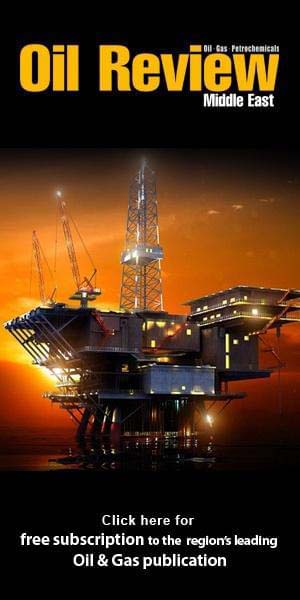Regeny EV Charging, a leading electric vehicle (EV) charging network operator in the UAE, has launched a major new fast-charging hub at the Mövenpick Grand Hotel Al Bustan, close to Dubai International Airport (DXB).
Strategically located near one of the world’s busiest aviation hubs, the facility is designed to support the growing demand for rapid, reliable EV charging along a high-traffic transport corridor used by private motorists and commercial fleets alike.
The new site is equipped with four 160 kW DC ultra-fast chargers, enabling drivers to significantly reduce charging times and minimise disruption to their journeys. Its proximity to DXB allows users to access the hub without entering airport premises, offering a convenient solution for airport-bound traffic, ride-hailing services, logistics operators and hotel guests. The hub operates around the clock, reflecting the continuous nature of airport activity and travel demand.
Electric vehicle adoption in the UAE continues to accelerate, supported by both consumer demand and public policy. Nearly 24,000 electric and plug-in hybrid vehicles were sold in the country in 2024, positioning the UAE as one of the fastest-growing EV markets in the Gulf. In the first half of 2025, EVs accounted for approximately 7.7 per cent of total new vehicle sales, with forecasts suggesting this figure could rise to around 15 per cent by 2030. Lower operating costs, environmental considerations and improving charging availability are increasingly influencing purchasing decisions.
Government-led initiatives have played a central role in driving this growth. National and emirate-level policies have introduced unified technical standards, expanded public charging networks, standardised tariffs and regulations encouraging the electrification of commercial and taxi fleets. Together, these measures aim to reduce range anxiety and create a supportive ecosystem for electric mobility.
As a homegrown operator, Regeny is positioning itself as a key enabler of this transition by focusing on high-demand urban locations and transport nodes. The airport hub has been designed to accommodate frequent, back-to-back charging sessions, making it suitable for fleet operators as well as individual users. The site has also been planned with future expansion and digital support services in mind, ensuring long-term scalability.
“Our mission is to make electric mobility effortless and accessible,” said Anish Racherla, CEO of Regeny. “This new airport hub eliminates barriers for EV drivers passing through one of the busiest travel corridors in the country and positions Dubai at the forefront of smart, sustainable mobility.”
Christopher Kramer, General Manager of Mövenpick Grand Al Bustan, said the partnership aligns with the hotel’s broader sustainability goals. “For us, sustainability is not about one project or one moment — it’s a mindset we live by every day. Along with the many sustainable initiatives already in place at the hotel, welcoming Regeny’s EV fast-charging hub is another meaningful step in supporting cleaner mobility and a more responsible future. We value partnerships that share our commitment to the community, to Dubai, and to doing the right thing for the environment.”
The launch highlights the growing role of public-private collaboration in supporting the UAE’s shift towards cleaner, smarter transport solutions.









